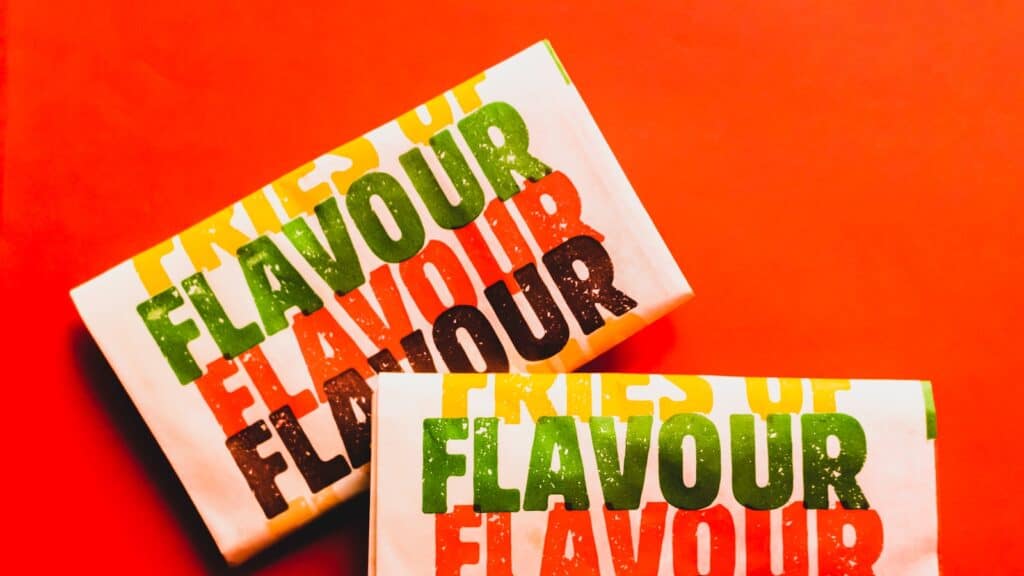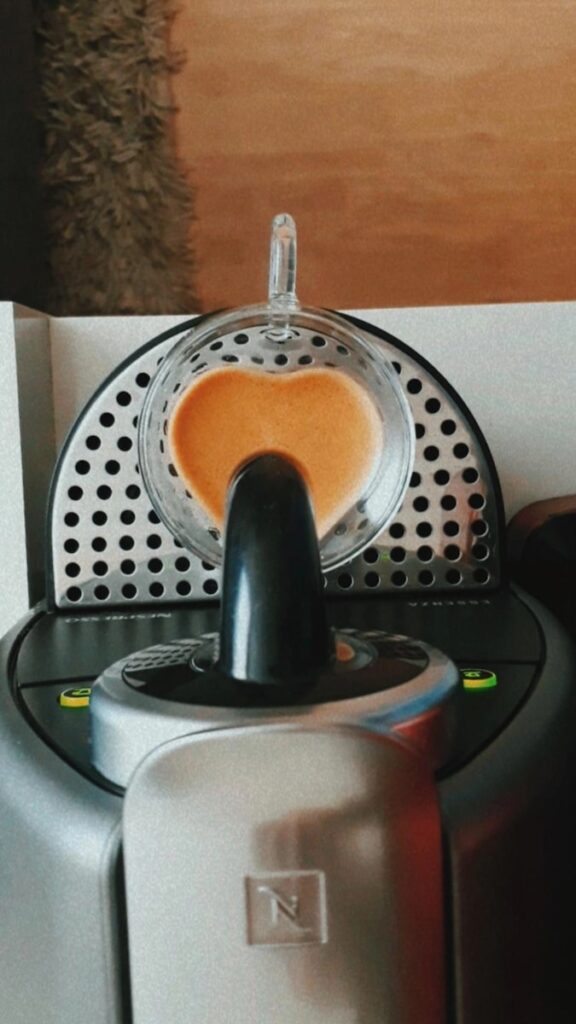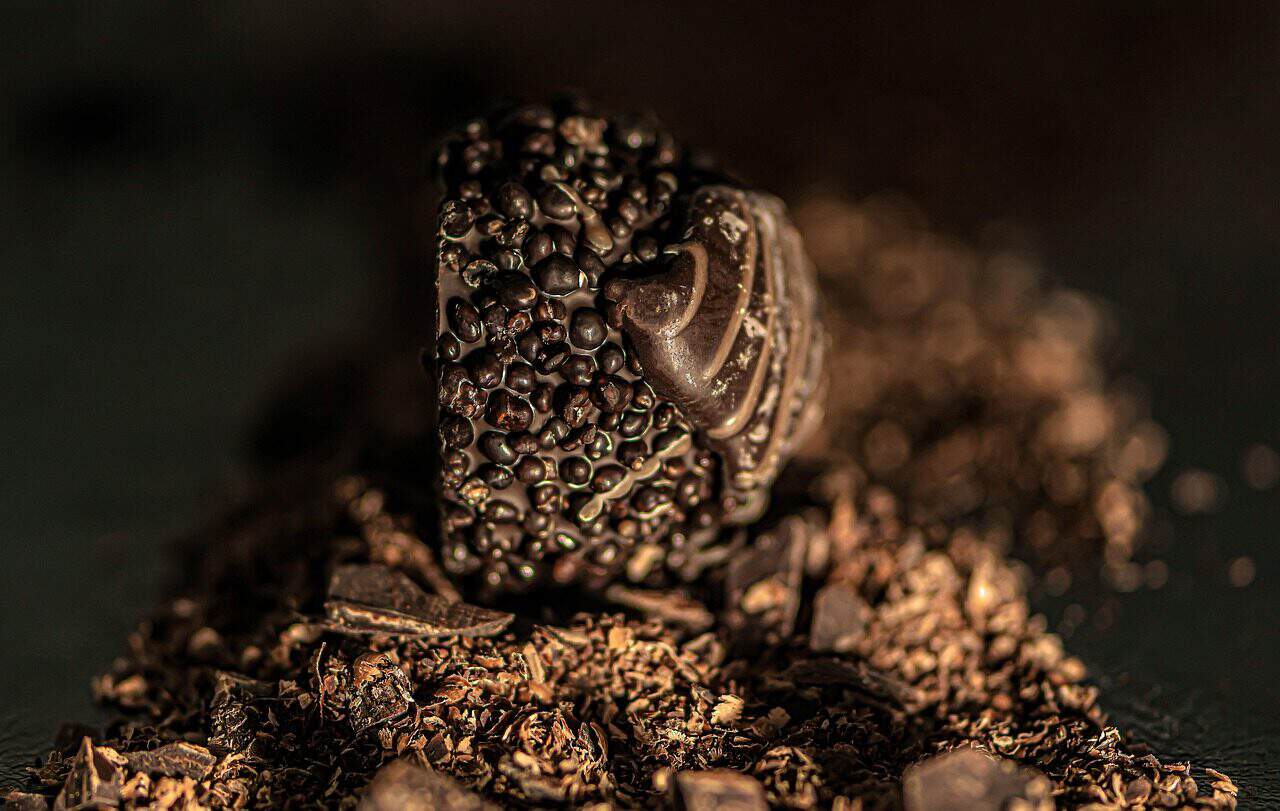True flavor mixing goes far beyond just mixing ingredients from a recipe. It’s about carefully controlling how chemical compounds work together to create something new and exciting for your senses. This isn’t just cooking. It’s chemistry and science in action.
At its heart, creating flavors is about managing how specific molecules reach our taste buds and nose. Success depends on understanding these chemical compounds – their taste, smell, and how quickly they evaporate.
This guide will take you from basic flavor chemistry to how we actually perceive taste and smell. We’ll explore how molecules interact with each other. You’ll learn a step-by-step method that transforms guesswork into predictable science.
Foundational Perception Principles
To master flavor mixing, we need precise terms first. People often use taste, aroma, and flavor interchangeably in everyday talk. But technically, they’re completely different sensory experiences. Understanding this difference is your first step toward controlling them.
Differentiating Taste, Aroma, Flavor
Taste happens when non-volatile compounds dissolve in your saliva and hit receptors on your tongue. There are only five scientifically recognized taste categories:
- Sweet (like sugar or artificial sweeteners)
- Sour (like citric acid or vinegar)
- Salty (like table salt)
- Bitter (like caffeine or quinine)
- Umami (like MSG or mushrooms)
Aroma is different. It’s when volatile compounds travel through the air into your nose. This is where most flavor complexity comes from. Humans can distinguish thousands of different scents.
Flavor is the complete picture. Your brain combines taste from your tongue, aroma from your nose, and physical sensations like temperature and texture. Think about the burn of hot peppers, the cooling of mint, or the tingle of carbonation.
Volatile vs. Non-Volatile Compounds
The difference between volatile and non-volatile compounds is crucial for understanding how flavors are released.
Volatile organic compounds create aroma. These molecules have low boiling points and easily evaporate at room temperature. This lets them travel to smell receptors in your nose.
Non-volatile compounds create taste. Molecules like salts, sugars, and acids don’t evaporate easily. They must directly contact taste buds on your tongue to be perceived.
This explains why you can smell bread baking across the room but need to bite it to taste its saltiness. Understanding the timing and release of these two compound types is central to building dynamic flavor profiles.
Chemical Foundations of Flavor
To control flavor, you must understand the molecules behind it. Flavor chemistry is vast, but knowing the major chemical families gives you a powerful framework. You can predict and create specific sensory profiles. These families are defined by their functional groups, which determine their chemical behavior and perceived taste and smell.
Key Flavor Compound Families
Thousands of individual flavor molecules can be grouped into a few key families.
Esters form when an acid reacts with an alcohol. They’re famous for fruity and sweet notes in foods. Isoamyl acetate creates banana aroma. Ethyl butyrate contributes to pineapple flavor.
Aldehydes are diverse compounds with a CHO functional group. They produce a wide range of notes. Hexanal creates green, leafy aromas. Citral gives lemon scent. Cinnamaldehyde provides cinnamon’s warm spice.
Ketones are similar to aldehydes but often contribute buttery, creamy, and caramel notes. Diacetyl provides rich butter flavor. Other ketones can create fruity or earthy profiles.
Terpenes are hydrocarbons built from isoprene units. They’re the main parts of essential oils. They create pine, woody, herbal, and floral notes found in nature. Limonene gives citrus peels their scent. Linalool is key to lavender’s aroma.
Phenols contain a hydroxyl group attached to an aromatic ring. This family produces smoky, spicy, and medicinal aromas. Eugenol dominates clove flavor. Guaiacol contributes smoky notes in bacon and coffee. Vanillin is the main compound in vanilla.
Pyrazines contain nitrogen in aromatic rings. They typically form during heating processes like roasting or baking. They provide powerful roasted, nutty, and earthy notes. Think bread crust, roasted coffee, or popcorn.
Table 1: Common Flavor Compound Families
This table provides quick reference for major chemical families and their flavor profiles. It’s your foundation for deconstructing and building flavors.
Compound Family | General Chemical Feature | Common Aroma/Flavor Profile | Specific Example (Compound & Source) |
Esters | R-COO-R’ | Fruity, Sweet, Floral | Ethyl Butyrate (Pineapple) |
Aldehydes | R-CHO | Green, Fatty, Citrus, Spicy | Cinnamaldehyde (Cinnamon) |
Ketones | R-CO-R’ | Buttery, Creamy, Caramel | Diacetyl (Butter) |
Terpenes | Isoprene Units (C5H8)n | Herbal, Citrus, Pine, Floral | Limonene (Citrus Peels) |
Phenols | Hydroxyl group on an Aromatic Ring | Smoky, Spicy, Medicinal | Eugenol (Clove) |
Pyrazines | Nitrogen-containing Aromatic Ring | Roasted, Nutty, Toasted | 2,3,5-Trimethylpyrazine (Roasted Coffee) |
Physics and Chemistry of Interaction
Understanding individual flavor compounds is only half the story. True mastery of flavor mixing lies in understanding how these molecules interact with each other and change over time. This is where volatility physics and molecular interaction chemistry become crucial.
Volatility and Release Rate
A flavor’s impact over time is called the “flavor curve” or “aroma profile.” It’s governed almost entirely by how volatile the compounds are. We categorize these into three stages, like perfume structure.
Top Notes are highly volatile compounds with low molecular weight. You perceive them instantly, but they disappear quickly. Think of the bright flash of citrus zest, mint, or fresh herbs.
Mid Notes have medium volatility and form the “heart” of the flavor. These main character notes emerge after top notes fade. Examples include berry, stone fruit, or floral compounds. They provide the central theme of your flavor experience.
Base Notes are compounds with low volatility and high molecular weight. They’re perceived last and linger longest, providing depth and richness. Examples include vanilla, cream, tobacco, and smoky woody notes.
Successful flavor mixing involves strategic layering of these notes. Only top notes feel thin and fleeting. Only base notes feel heavy and dull. Well-constructed flavors provide smooth transitions from initial bright top notes, through characterful mid notes, to satisfying and lingering bases.
Molecular Interactions: Synergy and Antagonism
Flavor compounds don’t exist alone. They influence each other’s perception in complex ways. These interactions are broadly synergistic or antagonistic.
Synergy or enhancement occurs when compounds combined produce perceived intensity greater than their individual effects. The final flavor isn’t just A + B, but something more profound.
- Salt and sugar interact classically. In salted caramel, sodium ions from salt interfere with bitter taste receptors on your tongue. This suppresses any latent bitterness from caramelization, allowing sweetness to be perceived more clearly and richly.
- Umami compounds like MSG have powerful synergistic effects with savory aromas, such as pyrazines in roasted meat. Glutamate enhances your brain’s perception of these savory volatiles, making overall flavor “meatier” and more complex.
Antagonism or suppression is the opposite. One compound reduces or conceals another’s perceived intensity. This is equally powerful for balancing flavor profiles.
- In lemonade, sweetness from sugar molecules competes for space on taste receptors, partially blocking sourness perception from citric acid. This doesn’t eliminate sourness but “rounds it out,” creating balanced, palatable beverages instead of purely acidic ones.
- Fats and lipids excel at masking harsh flavors. Fat globules in cream or milk can encapsulate capsaicin (chili pepper heat), slowing its release onto mouth receptors and resulting in milder, less aggressive spice sensations.
Table 2: Synergistic vs. Antagonistic Pairings
This table provides concrete examples of how molecular interactions shape final flavor perception. It offers practical looks at pairing science.
Interaction Type | Pairing Example | Technical Principle | Perceived Outcome |
Synergy | Salt + Chocolate/Caramel | Sodium ions interfere with bitter taste receptors, enhancing sweetness perception. | Richer, less bitter, more complex sweetness. |
Synergy | Umami + Savory Aromas | Glutamates enhance the perception of savory volatile compounds (e.g., pyrazines). | A “meatier,” more profound savory character. |
Antagonism | Sugar + Acidity (e.g., Lemonade) | Sucrose molecules compete for and partially block sour taste receptors. | Balanced flavor; sourness is “rounded out.” |
Antagonism | Fat + Harsh Spices | Fat globules (lipids) encapsulate volatile compounds like capsaicin, slowing release. | Milder spice heat, a creamier mouthfeel. |
Masking | Vanilla + Dairy | Vanillin can mask minor “off-notes” from sulfur compounds in dairy products. | A cleaner, smoother, “fresher” cream taste. |
The Art of Formulation
With solid scientific understanding, we can now translate theory into practical, systematic methodology for creating flavors. The goal is moving away from random mixing toward repeatable processes that yield predictable results. This is how professional flavorists work.
Introduction to Flavor Mapping
Before mixing anything, we must deconstruct our target. This professional technique is called Flavor Mapping. It involves breaking down complex flavor concepts into core sensory components. “Fresh strawberry” isn’t a single flavor. It’s a carefully balanced combination of multiple notes.
Flavor Mapping forces you to think like a chemist. Instead of “apple pie,” you identify specific molecular families and sensations that create that experience.
Example Flavor Map for “Apple Pie”:
- Primary Flavor: Cooked Apple (fruity esters like ethyl acetate, balanced with malic acid for tartness).
- Supporting Flavors: Warm Spice (cinnamaldehyde for cinnamon, terpenes like sabinene for nutmeg).
- Base/Mouthfeel: Buttery Crust (diacetyl for butter, pyrazines for browning effect), Brown Sugar (caramel notes like furaneol).
- Accent Note: Hint of Lemon (citral) to provide volatile top note that adds brightness and cuts through richness.
This map becomes your blueprint, guiding formulation with purpose and clarity.
The Iterative Process
With a flavor map in hand, building becomes systematic and iterative. We build from the ground up, ensuring solid foundations before adding complexity.
- Establish the Core: Begin with primary flavors identified in your map. Start at low concentration. Create the central theme of your blend – the main character of the story.
- Add Supporting Notes: Once core is established, introduce secondary or supporting flavors. These mid notes complement and shape primary flavor, adding dimension and context. Add them one at a time to clearly evaluate individual impact.
- Refine the Base: Now incorporate base notes. These low-volatility compounds provide depth, richness, mouthfeel, and longevity. Add creaminess, smokiness, or lingering sweetness that anchors the entire profile.
- Accent and Brighten: Finally, use tiny amounts of accent notes. These are often high-impact top notes like acids, sharp aromatics, or cooling agents. Their job isn’t being main flavor, but adding “lift,” contrast, or surprising twists that make overall profiles more dynamic.
- Test, Document, Iterate: This is the most critical step. Meticulously document every component and percentage. Taste the blend, then let it rest. Allowing mixes to “steep” or mature is crucial. Chemical reactions continue over time. Flavors can change dramatically after 24 hours versus a week as molecules settle and integrate. Taste again, adjust one variable at a time, and repeat. Patience is non-negotiable in professional flavor creation.
Advanced Troubleshooting
Even with systematic approaches, flavor mixing presents challenges. Off-notes appear, profiles become muddled, and flavors fall flat. Identifying root causes requires deep expertise. We diagnose problems not just by taste, but by their likely chemical origins.
Identifying and Correcting Off-Notes
Common problems often have specific chemical culprits. Learning to recognize them is key to efficient troubleshooting.
“Soapy” or “perfume-y” taste is frequent. This almost always comes from overusing certain floral esters (like linalool) or aldehydes. These compounds have very low perception thresholds. The solution isn’t adding more flavors to cover it up. Drastically dilute the offending component and rebalance the formula, often by adding earthy or creamy base notes to ground the profile.
“Plastic” or “chemical” taste can be alarming. This may stem from specific aldehydes or ketones used at too high concentration. It could indicate low-quality flavoring concentrate containing unwanted residual solvents. Isolate the component causing off-notes and replace it with higher-purity versions or different compounds entirely.
“Muted” or “muddy” flavors are perhaps the most common frustration. This occurs when too many competing mid-notes are used without clear structure, creating gray “noise” where nothing stands out. It can happen when antagonistic flavors (like too much sweetness and bitterness) are used equally, effectively canceling each other out. The solution is simplifying. Go back to your Flavor Map, strip recipes down to core components, and rebuild with more intention. Focus on a few key synergistic interactions rather than dozens of competing ones.
Table 3: A Flavor Mixer’s Troubleshooting Guide
This table serves as practical guidance for diagnosing and solving common formulation issues. It links perceived problems to technical causes and solutions.
Common Problem | Potential Technical Cause | Recommended Solution(s) |
Flavor is harsh or “sharp” | Overuse of high-impact top notes (e.g., citrus, mint); high alcohol content in extracts. | Reduce percentage of top notes; add a smoothing agent like vanilla or a creamy base; allow for longer aging. |
Flavor tastes “soapy” or floral | Over-concentration of certain esters (e.g., linalool, geraniol). | Drastically reduce the floral component; balance with a sour (acid) or rich (caramel) note. |
Flavor is weak or “disappears” | Insufficient concentration; flavor fade due to light/heat exposure; lack of base notes. | Increase overall percentage; use proper storage; add “fixatives” or base notes like musks, vanillin, or maltol. |
Flavor profile is “muddy” or “confused” | Too many competing mid-notes; lack of a clear flavor structure (top, mid, base). | Re-evaluate the recipe using the Flavor Mapping technique. Simplify and focus on 2-3 key interactions. |
A specific note is overpowering | The compound has a very low perception threshold (e.g., pyrazines, certain phenols). | Use micro-dilutions. Start at 0.1% or lower and incrementally increase. Document every change. |
Synthesis of Art and Science
Mastering flavor mixing is ultimately about synthesis. It requires embracing dual roles of artist and scientist. Creative impulse to pair novel concepts is essential. But rigorous application of scientific principles allows that creativity to be realized with precision and consistency.
True control over flavor comes from deep, technical understanding of its core components. By internalizing these key takeaways, you can elevate your work from chance to certainty.
- Deconstruct Flavor: Recognize that flavor is complex synthesis of taste, aroma, and physical sensation, driven by distinct volatile and non-volatile compounds.
- Know Your Molecules: Learn major chemical families (esters, aldehydes, pyrazines, etc.) to predict and select specific notes you need for your profile.
- Manage Interactions: Master volatility dynamics to build structured flavor curves (top, mid, base) and leverage synergy and antagonism to enhance or balance your blend.
- Adopt a System: Use systematic, iterative processes of Flavor Mapping, building from base up, and meticulous documentation to ensure repeatable success.
Armed with this technical knowledge, you’re no longer just a cook or hobbyist. You’re an architect of sensory experiences, equipped to experiment with confidence and create flavors that are not only delicious but intentional, balanced, and complex.








